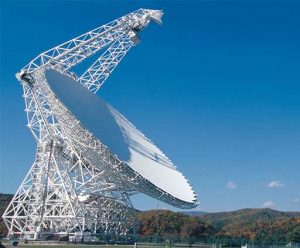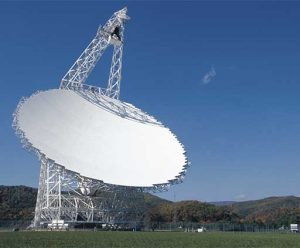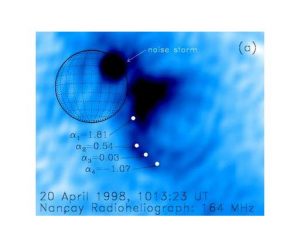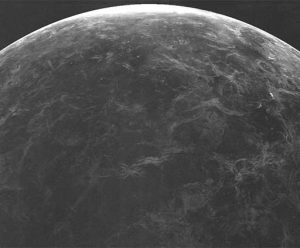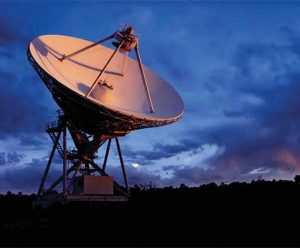Radio telescopes, including major facilities of the National Science Foundation’s National Radio Astronomy Observatory, have provided data needed to measure the winds encountered by the Huygens spacecraft as it descended through the atmosphere of Saturn’s moon Titan last month — measurements feared lost because of a communication error between Huygens and its mother ship Cassini.
Radio Telescopes Will Add to Cassini-Huygens Discoveries
When the European Space Agency’s Huygens spacecraft makes its plunge into the atmosphere of Saturn’s moon Titan on January 14, radio telescopes of the National Science Foundation’s National Radio Astronomy Observatory will help international teams of scientists extract the maximum possible amount of irreplaceable information from an experiment unique in human history.
Radio Astronomers Record Powerful Solar Explosion
Astronomers have made the first radio-telescope images of a powerful coronal mass ejection on the Sun, giving them a long-sought glimpse of hitherto unseen aspects of these potentially dangerous events.
GBT’s First Scientific Observations
The world’s two largest radio telescopes have combined to make detailed radar images of the cloud-shrouded surface of Venus and of a tiny asteroid that passed near the Earth.
VLBA Detects Sun’s Orbit in the Galaxy
Astronomers using the National Science Foundation’s powerful Very Long Baseline Array radio telescope have made a new and more accurate determination of just how long it takes us to circle our Galaxy — 226 million years.
Molecules in Comet Hyakutake Found
Observations of Comet Hyakutake with the National Science Foundation’s millimeter-wave radio telescope in Arizona have revealed new information about our Solar System’s original material, including the first detection of the Carbonyl Sulfide molecule in a comet.






